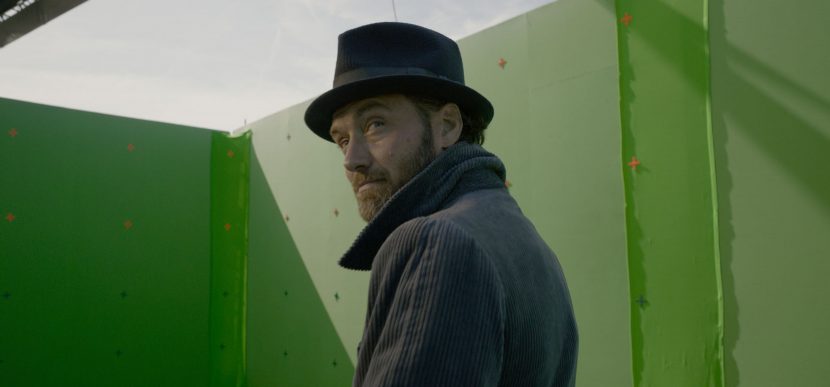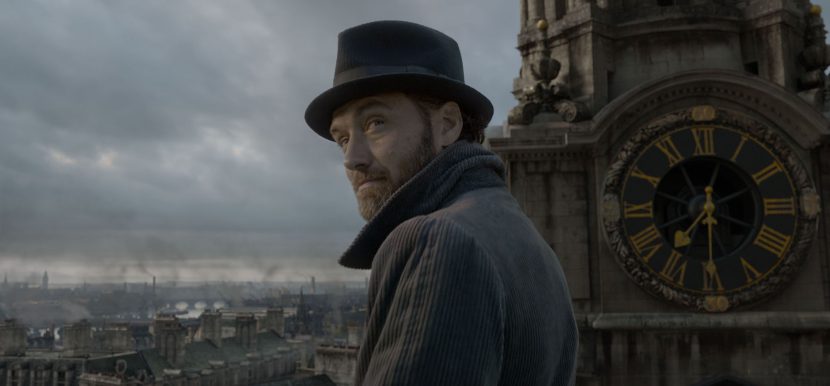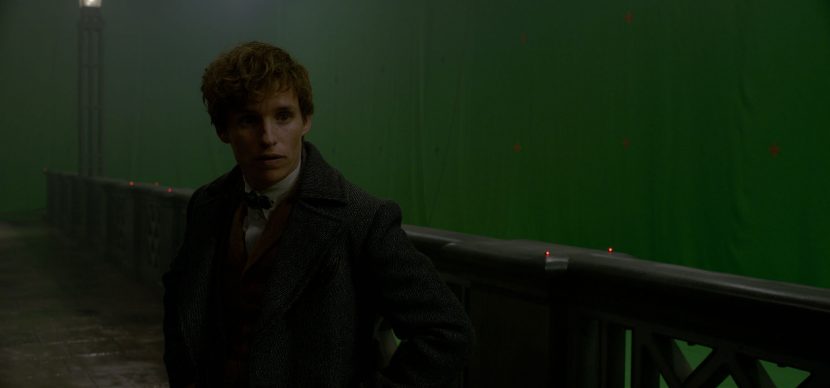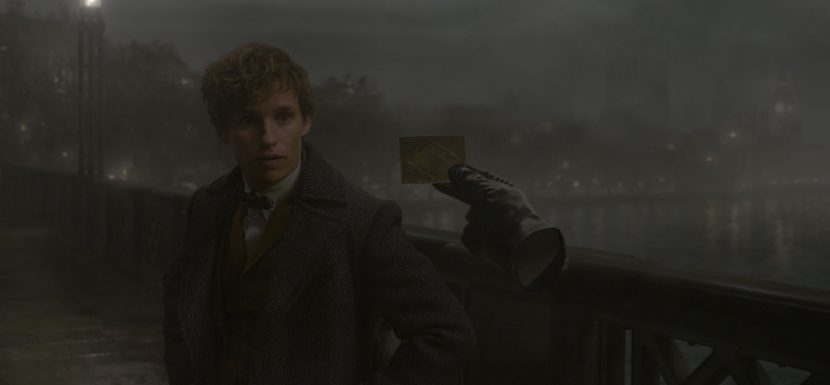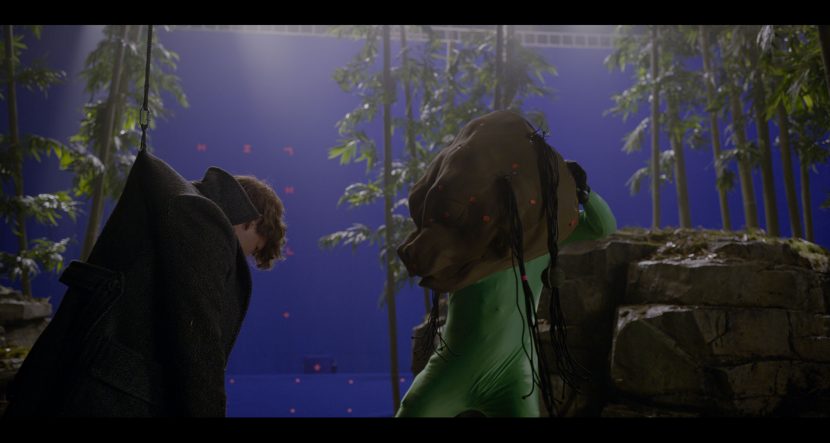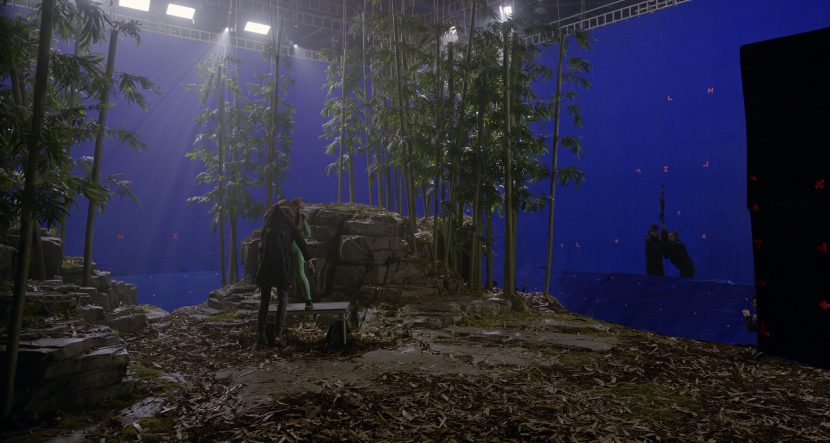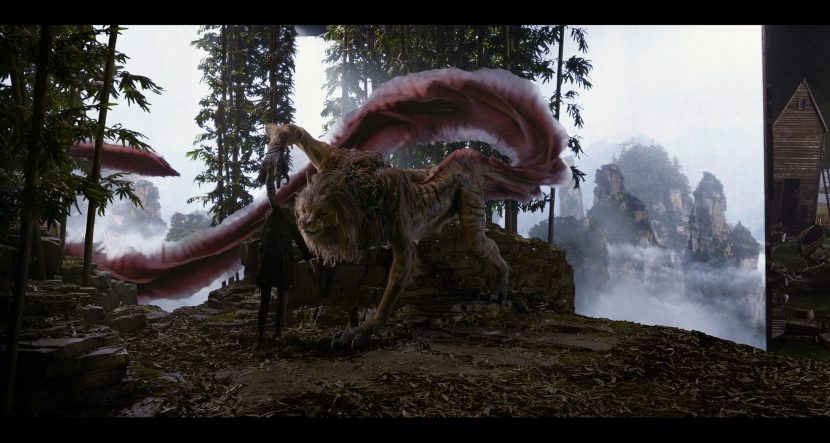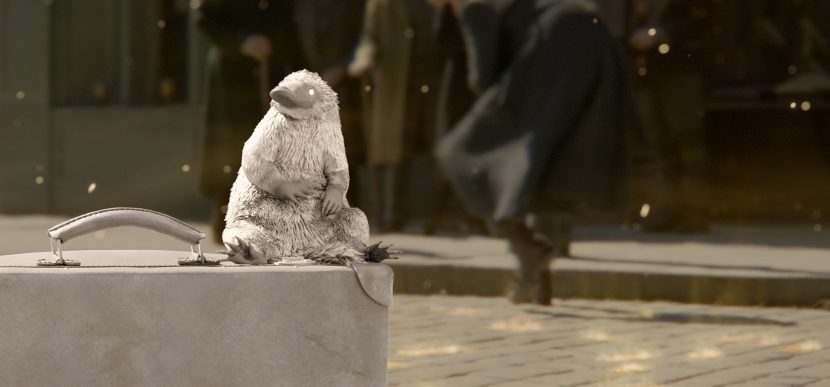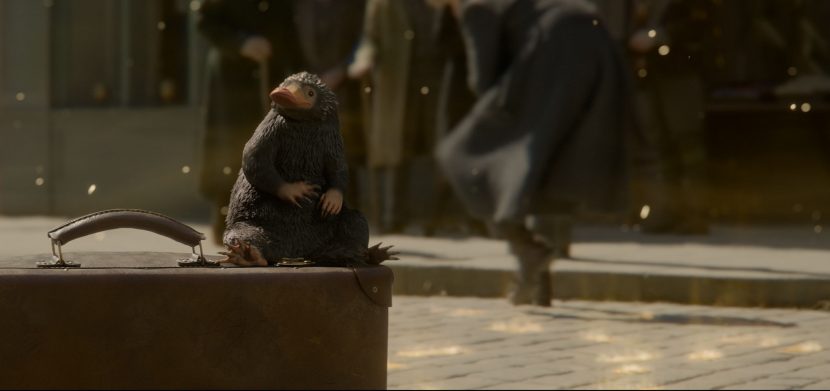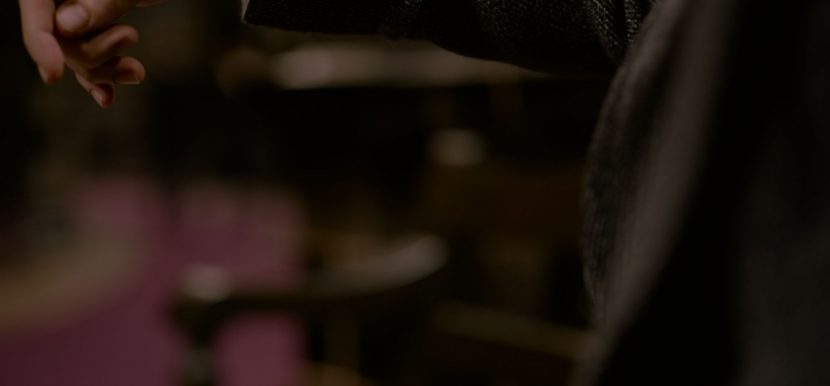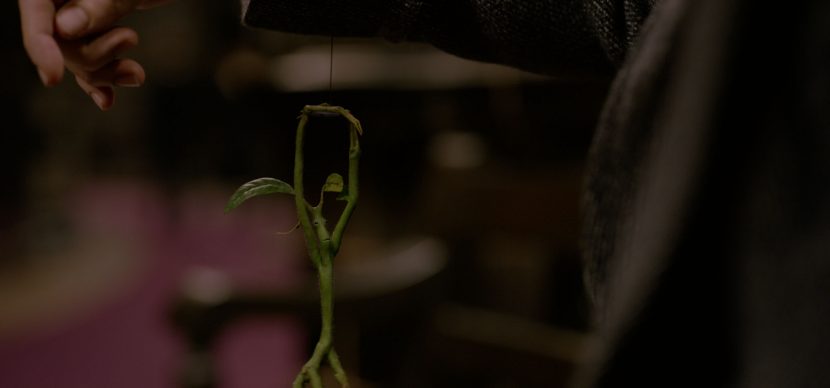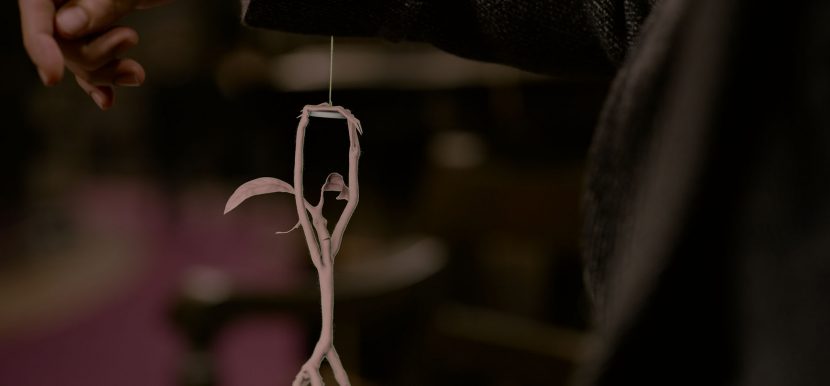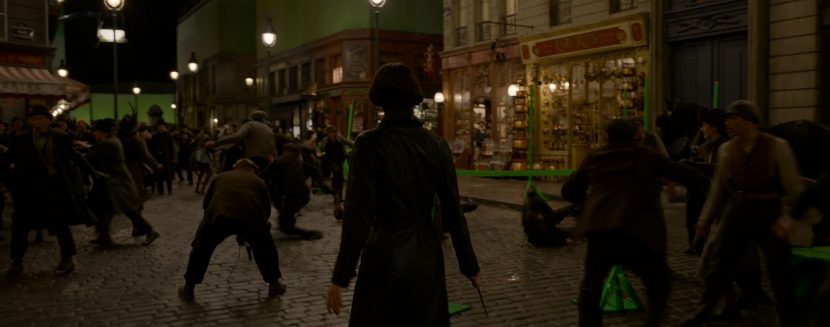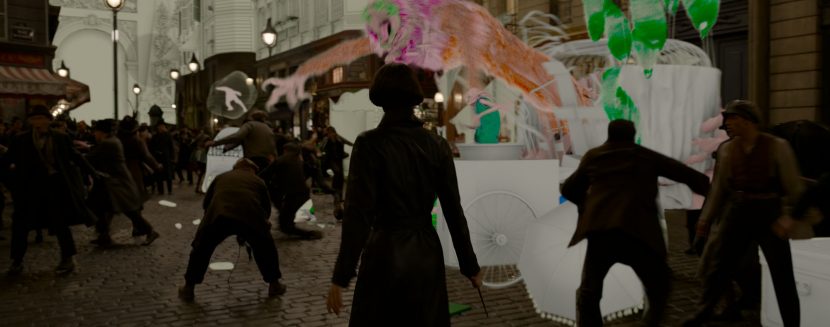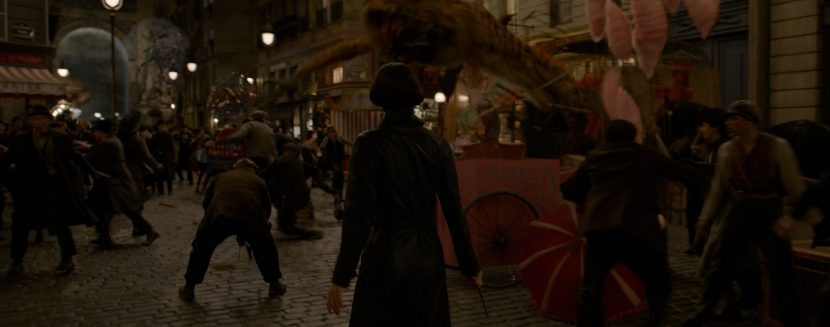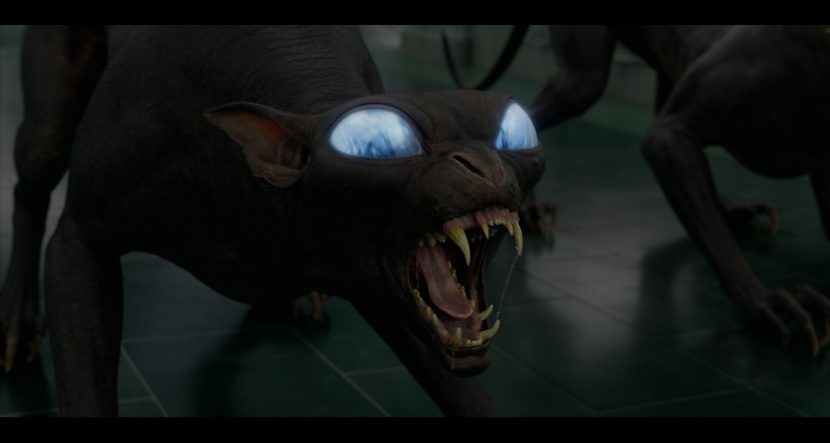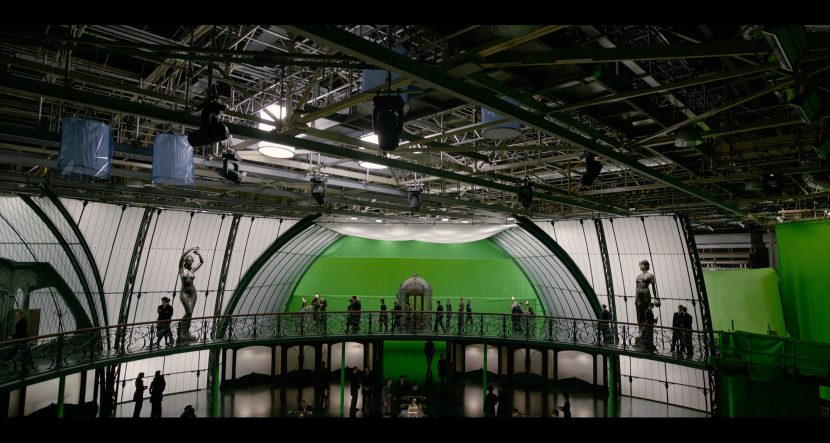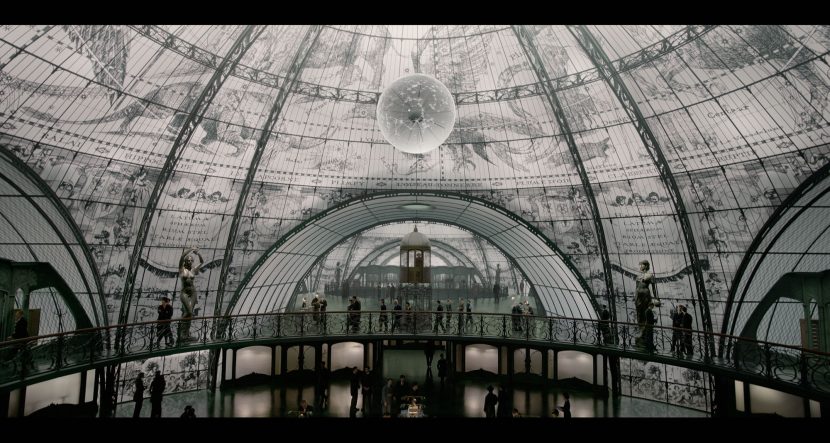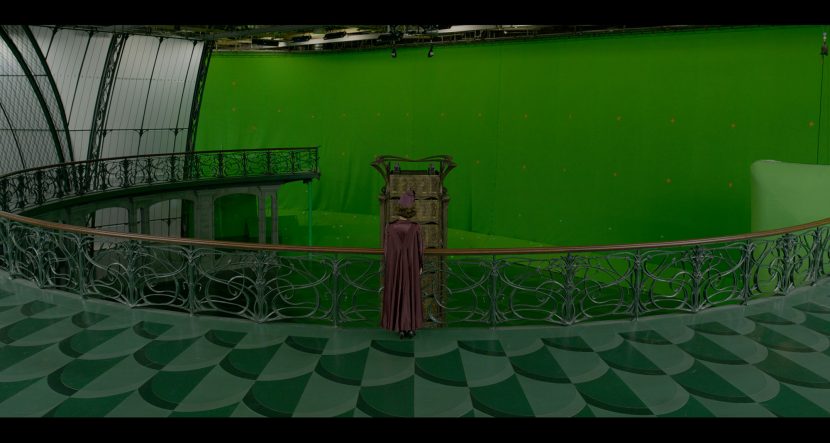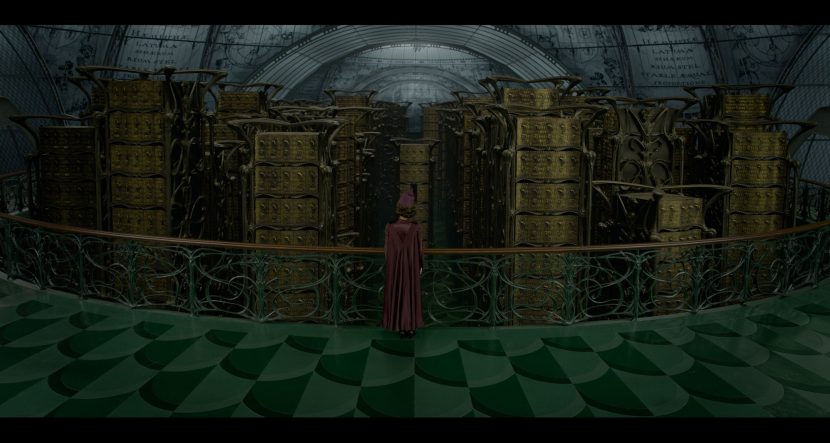Armstrong
Fantastic Beasts: The Crimes of Grindelwald was directed by David Yates and written by J. K. Rowling. It is the sequel to Fantastic Beasts and Where to Find Them (2016). Creative Director, Christian Manz, teamed up with over all VFX supervisor Tim Burke to oversee VFX from preproduction, shoot supervision to final postproduction as joint overall VFX Supervisors.
Animation Supervisor Nathan McConnel drove the development of the film’s menagerie of beasts from on-set at Leavesden through pre-production and shoot to final. The Framestore team animated 15 distinctive creatures including the Zouwu, Niffliers, Matagots, Kappa and Firedrakes.
In total, Framestore worked on 490 shots from character design and animation, magical FX and environment builds; digitally re-creating various locations around London and Paris including the jaw-dropping Department de la Magie, the French equivalent to the Ministry of Magic. Framestore worked on a total of 370 shots that made it into the final film. The split of work between the London and Montreal office were
- London : 214
- Montreal : 156
We visited Framestore in London and spoke to Oliver Armstrong, Compositing Supervisor and Ben Loch, CG Supervisor. We also spoke to Nicolas Chevallier, VFX Supervisor and Kevin Sears, CG Supervisor in the Montreal office.
One of the key aspects that worked well during production of this film was having Nathan McConnel involved from previz right through to the end of the project. “He knew all the backstory, he knew exactly what David (Yates) wanted to see with these creatures and I think that he bought a huge amount of insight when he came back (to Framestore)”.
One of the key points that McConnel communicated very effectively when returning to Framestore was how much the production wanted from the Zouweu character. “In the scene where he’s got this little toy on the bridge, they wanted this very emotionally engaging moment. They wanted it to have a childlike look about it, especially as it was looking at the toy. But then there are also moments when it is really scary, and a vicious creature” explains Loch.
Armstrong is very complimentary about the skill shown in the Post-Viz. “We just had to take over from the shot itself. McConnel knew exactly what was wanted and frankly, he could have gone on and finished the shot!”
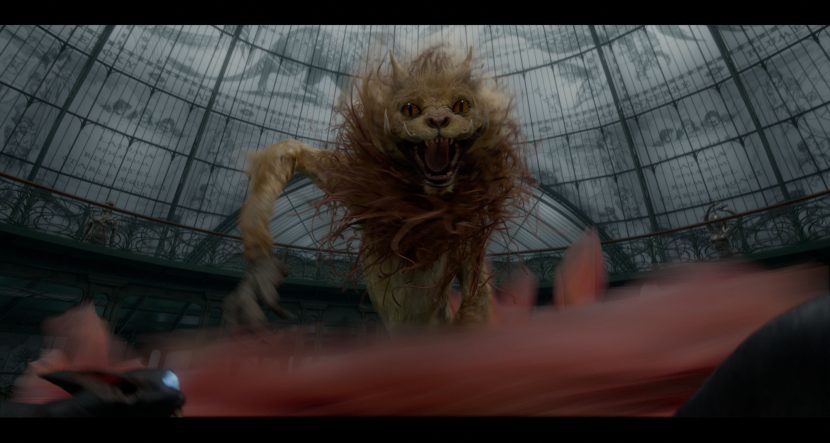
The team really focused on the creatures eyes. Yates and Burke were very focused on getting a very precise performance from the Zouweu’s eyes, spending a lot of time in Pre and Post-VIz refining this and then tracking those elements through the final animation and rendering. “The shape of the eye was a big thing that they really focused on. There was a lot of iteration and rigging animation to get the shapes they wanted and then getting the exact Spec highlights and the amount of reflection on the eye” comments Armstrong. Lock goes even further saying “we worked more on the eyes of the Zouweu in this movie, than I’ve ever done on any show”.
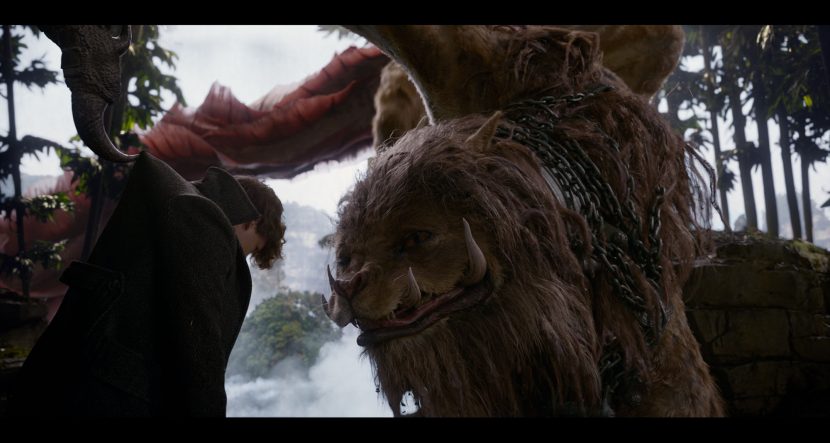
In the Zouwu suitcase sequence, even with the dummy head on set, it was difficult for the animators to actually block out and have the Zouwu move correctly in the space. “There’s a lot of closeup action between Newt and him releasing the Zouwu from its shackles.” explained Loch. The production team did have a rig on set, with crew holding this giant head we had, trying to sort of fill the space so Eddie Redmayne could act and grab the ‘shackle’ from the Zouwu’s mane. “But when the animators took over the shot, the dimensions were not quite the same and just the physicality of getting everything in shot, was extremely tricky and some of it had to be cheated”.
While there was always a partial set, for some shots, the team removed everything but Eddie Redmayne and had a fully CG environment. This was especially the case when animating the Zouwu’s tail. “It is something like 10 meters long, it’s enormous and it’s always swishing around” comments Loch. The animation team provided the exact effect that the director David Yates was after. “They really nailed it. It was always moving. And always, unfortunately, dangling right in front of camera, which obviously slowed down the renders” Armstrong jokingly adds. “The team really brought it to life”.
Niffler
The Montreal office worked on the Niffler, Hogwarts Hall CG build- and the Paris environments. They also did the Circus of Arcansus sequence in Paris featuring three CG creatures: the Kappa, Firedrakes, Oni, along with the final The Phoenix reveal at the end of the film(Shhh!).
Niffler was largely built from the asset that Framestore had made for the previous film. “We did some shader, and library updates to it. We also updated him with our new rigging tools because his was about three years old. We gave him a better system for rigging, but he’s the same model. He’s the same guy. And the character goes through several changes throughout the film”, commented Sears in Montreal.
“We did two new variations for the Niffler,” comments Chevallier. “One, where he’s hurt and wounded, and another which has a slightly different groom, for when Newt is holding him at the end of the film”. The team updated the skin and the iridescence components on the Niffler to get a more ‘realistic’ look. The creatures skin is now using a more brute force multi-scattering technique and the skin surface is mixed with a single scatter. While his actual skin is is not seen very much, it is seen when Newt is holding him on the Hogwart’s bridge. The groom got an update and the iridescent look was refined for this end sequence.
The film also included several new baby Nifflers, which feature at the beginning of the film.
There was also a different groom when the Niffler gets wounded during the fire battle. The team needed to change the nature of the groom from a pristine, perfect set of feathers by adding a curled a barb into the feathers based on references of how real feathers react to fire.
The film was shot on the Alexa 65 and Alexa Mini. The footage was rendered at 3.2K for a 2.39:1 delivery, with work extending off frame to allow for later reframing and additional frame to help with the later stereo conversion (5% left and right).
The Framestore team started with 16 frame handles on their effects shots. This dropped to 8 frames and then by the end, the shots were delivered with just 4 frame handles. The shots were rendered as part of a Deep pipeline and this was very important in the early environment fog sequences. Framestore used a partial Deep pipeline (not full colour) but each piece of rendered CG had a Deep pass. “That is how we do all our defocus now, it is so much more powerful than just a depth map” says Loch.
The renderer used by both the Montreal and London offices is a version of Arnold, with their own custom enhancements and proprietary shaders.
The Circus
At the circus in Paris there is a critical reveal of Nagini, (Claudia Kim) as a young female circus attraction who transforms into a snake. “It was really complicate and long. it is probably a ten second shot” says Loch. At the start of the shot, when the character is still a woman, the production had a contortionist performer “do this amazing sort of manoeuvre. She completely bent her back over as the character starts turning into the snake. This was the starting point for the animation”. The sequence was a tough challenge not only because of the long length of the single shot, meaning that there was nowhere to hide, but also for the complexity of compositing and creature FX work. The teams worked with seven separate snakes rigged to create the illusion of the character turning into one large snake. ‘We didn’t want it to look disturbing, as though the character’s limbs were being broken’, says Armstrong. “We created a look where the limbs would break at the elbow to look softer and more like a coil instead of a hard joint; but it was done very subtly.”
From the initial on set shoot, the shot went through Post-Viz for quite a long time. During the shot, there are visible parts of Nagini becoming a snake from different angles. It begins with her arms physically transforming into snake coils that wrap around her body. Then her dress transforms, “she has this sort of fabulous – extremely detailed dress, – the sort of thing that haunts creature effects artists!” jokes Armstrong . “Artists still have nightmares about trying to figure out how to actually turn that dress material into snake skin!” The principle concern was to make sure that the audience saw the shot as Nagini transforming, and not having it look like there was a snake just coiling around the actress. It was important that the snake elements did not look like it was a separate snake constricting her.
After the team had signed off on the Pre-Vis / Post-Viz it was decided that it was important for the audience to see Claudia Kim’s head amongst the transforming snake, so two additional motion control plates were shot and added to the principle photography material turned over to Framestore. There was a digital head, but Nagini’s face is matched motion control of the actual actress.
The snake used Framestore’s Flesh and Flex software, which is the company’s main muscle system. They also used some of the new Fibre software which Framestore’s new Hair and hair collision tool for some of the other character shots.
For the cat like protectors in the Ministry, Cheetah reference was used. “It was the BBC footage of a Cheetah, which was invaluable with regards to anatomy structure. Especially the way the skin slides. The scapula’s are always a difficult thing to get right. The reference was very useful” explains Armstrong.
As the team uses flesh sims, the animation team needed to work with pre-roll to allow the Sim to settle. “Flesh sims absolutely depend on getting really good pre roll. Otherwise they explode and we’ve got so many outtakes of this thing you would never recognise. It is a bit painful for the animators …, but we have to do it in order to get a really good position” adds Loch.
The production did LIDAR of just about every set, and exteriors including a huge LIDAR for London’s South Bank from Lambeth Bridge onwards.
Hogwarts
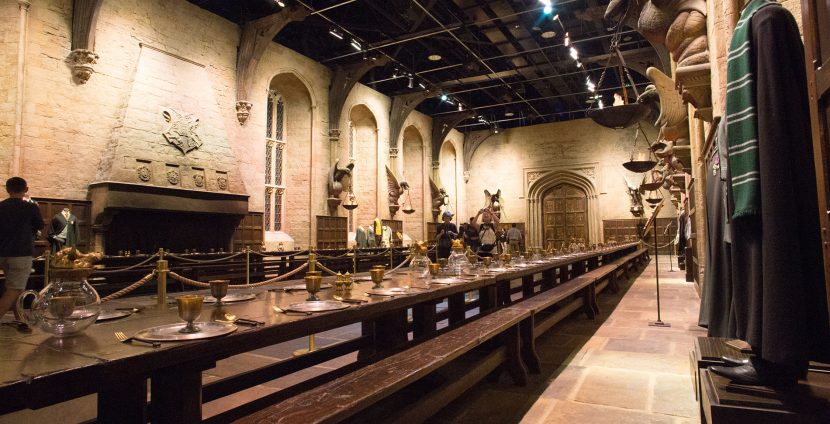
One funny thing that the Montreal team had to do was built an entire digital Hogwarts Dining Hall set. This was amusing as the original Harry Potter set is still, not only standing, but it is fully set dressed. The problem is that this set is part of the Harry Potter studio tour in the UK. It turned out it was less expensive to build a fully digital version in Montreal than to close down the studio tour in England.
“It was kind of fun because it came near the end of our schedule in terms our production schedule. We actually had a lot of our modellers and texture team free. So we threw four modellers and five texture artists on the one shot, all at the same time, so they are able to put that shot together pretty quickly” joked Sears.
The grand Dinning Hall shot was not in the original script, it was a late addition. As it happened, most of the texture artists on that shot were interns, (lead by Framestore’s lead texture artist). “The Interns were all coming onto their first production and they were incredibly keen to do a great job, especially as they knew it was a shot intended for the fans” he adds.
The shots with hanging candles were made with practical flames. “Our lead comp supervisor, wrote a script to randomize the candles from 10 or 12 flame elements and scattered them in Nuke” Sears adds. “It total, there were 821 candles in the shot”.
Fans of the wizarding world are also excited to see a rebirth of the magical bird, the Phoenix, which is transformed from a chick to an adult within a burst of flames in a handful of shots. ‘It was a challenging process because the creature had to look real – but it’s a magic bird so needed that mystique about it,’ says Chevallier. For the overall design and build, the team drew on references of real birds, including the hawk and eagle, in order to create this mythical creature. Says Chevallier ‘It had to be physically-based, as well as being simple and elegant.’
A heady mix of creatures, FX and environments proved to be an exciting challenge for the Framestore team. ‘These films are fun to work on because there’s always a great creature that can be designed and conjured up’ says Armstrong. ‘It was also really nice to see the flurry of excitement when the Nagini snake reveal ended up in the trailer.’

